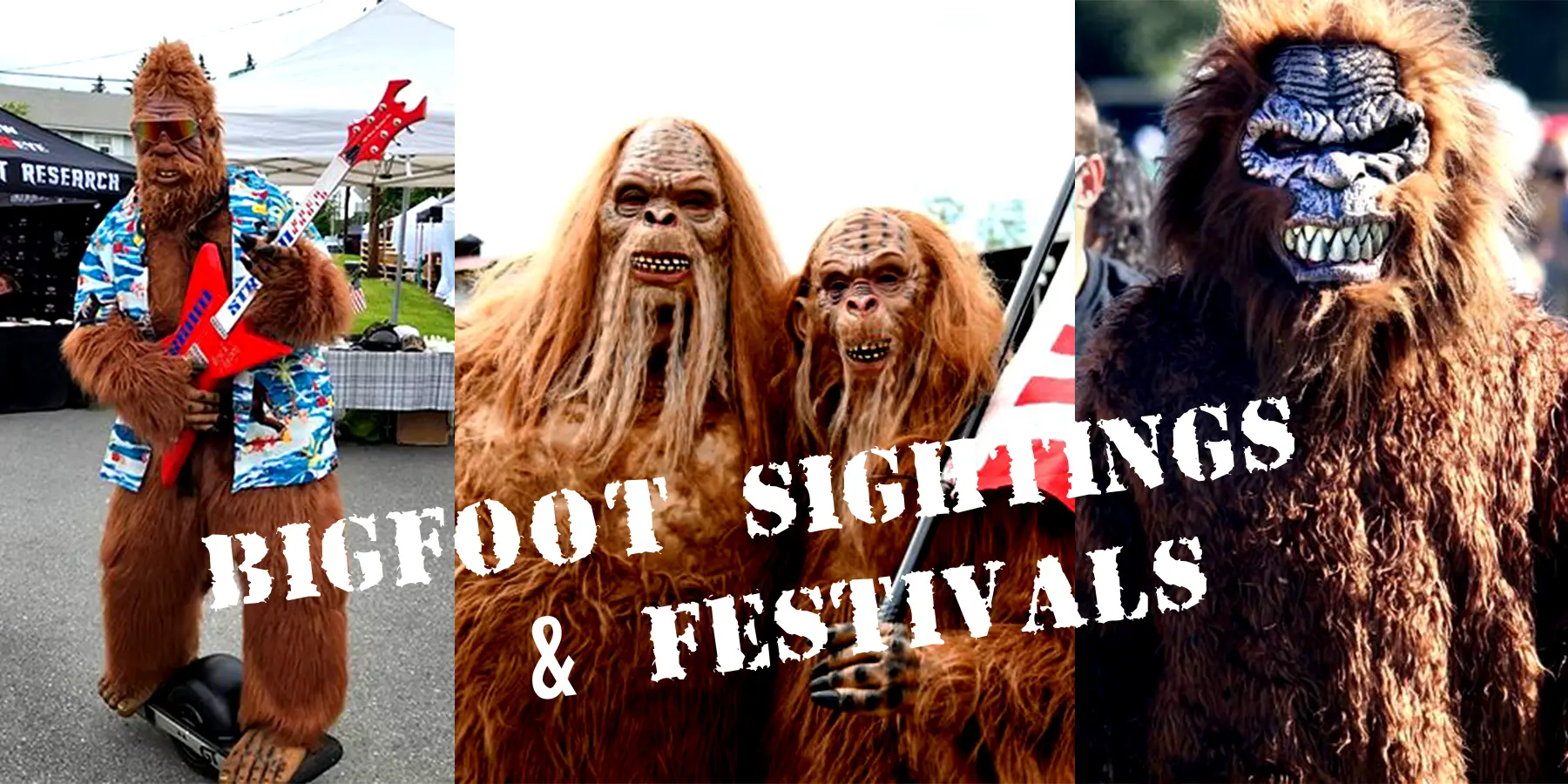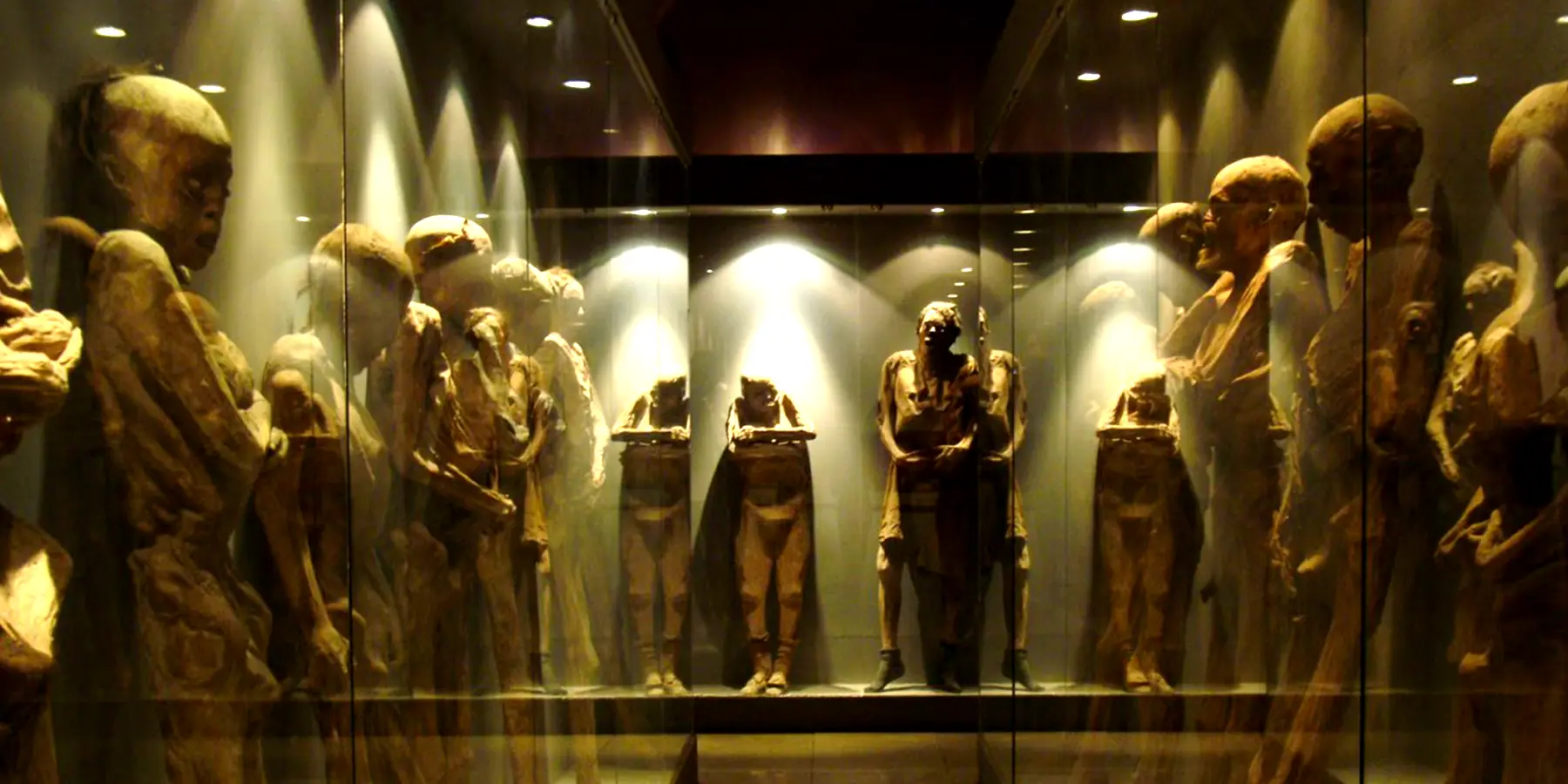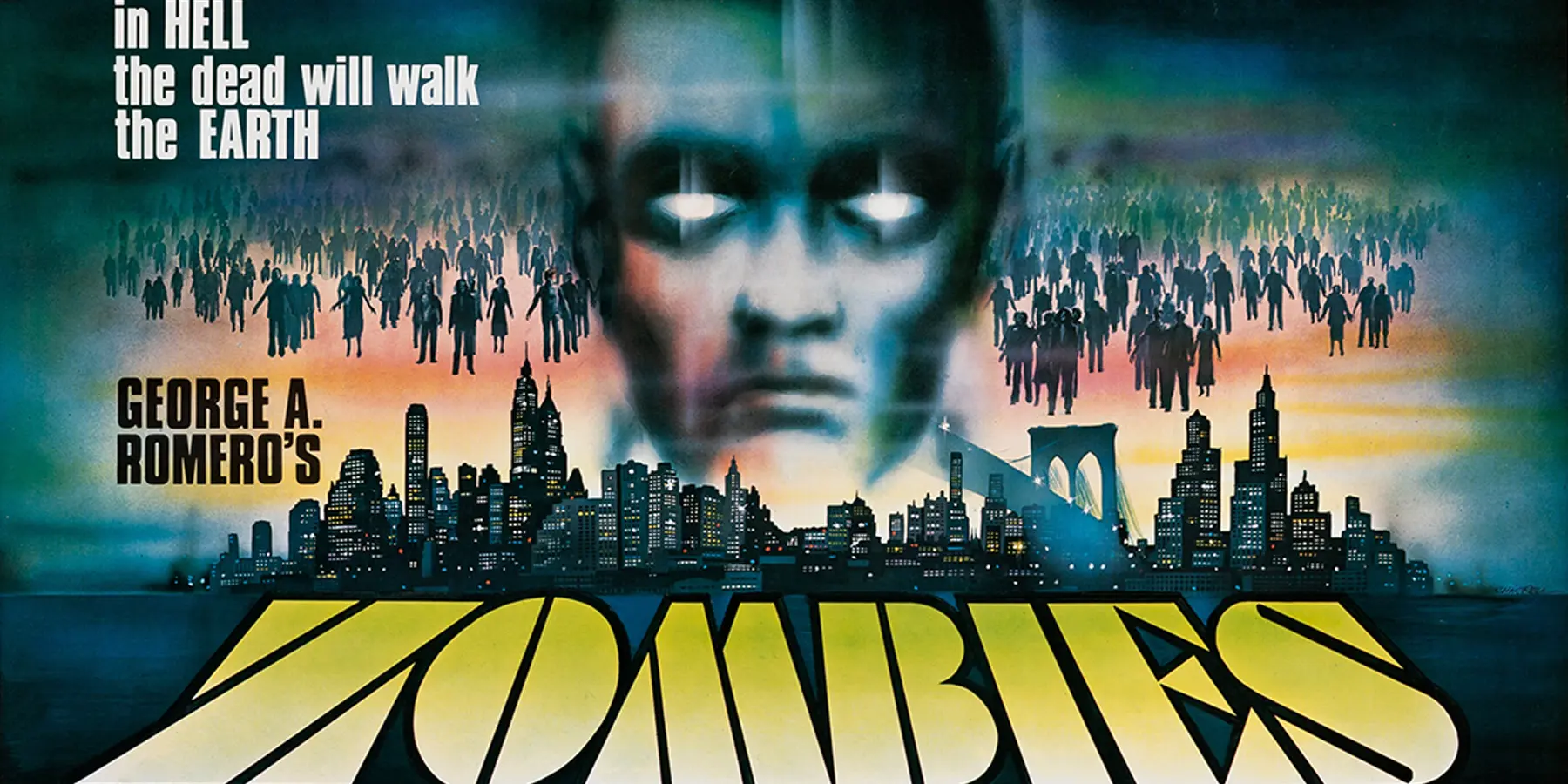1950’s science fiction had a way of balancing the line between fear and fun, and Invasion of the Saucer Men is a prime example of this delicate dance. What started as a serious alien invasion movie evolved into one of the most memorable and quirky sci-fi comedies of the era, complete with bug-eyed aliens, absurd plot twists, and a blend of tongue-in-cheek humor that made it a cult favorite. But behind the scenes, the making of the movie had its own story—a blend of creativity, mishaps, and some of the best B-movie magic of the decade.
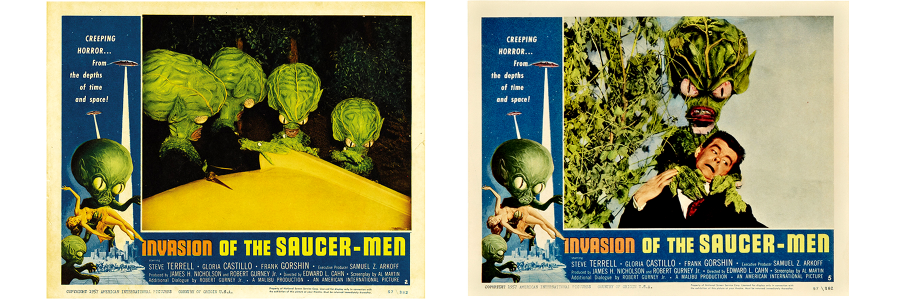
From Dark Invasion to Sci-Fi Satire
The movie was initially conceived as a more serious take on the classic “alien invasion” genre, with a darker tone meant to provoke real tension. Based on the short story “The Cosmic Frame” by Paul W. Fairman, the original script envisioned a suspenseful narrative about a small town facing an extraterrestrial threat. However, as the project developed, the tone shifted. Perhaps inspired by the growing popularity of lighter sci-fi fare or realizing that the story’s inherent silliness could shine if played for laughs, the filmmakers began steering Invasion of the Saucer Men in a new direction: pure, campy comedy.
This shift was solidified by the film’s eventual director, Edward L. Cahn, a B-movie veteran who saw the potential to lean into the absurdity of alien invaders using alcohol as a weapon against humans—a wild concept that could either terrify or tickle audiences, depending on how it was presented. Rather than fight the campiness, Cahn embraced it. The result was a mix of horror and humor, giving audiences something they had never quite seen before.
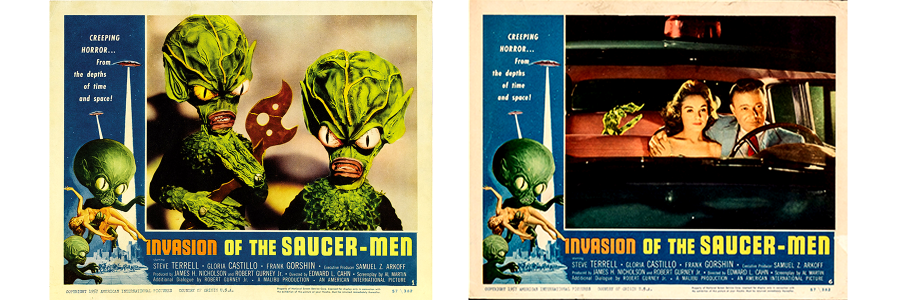
Outrageous Alien Antics
The film’s plot revolves around a couple, Johnny and Joan, who encounter small, bug-eyed aliens in the woods after a night of romantic teenage hijinks. The aliens, using their claws as hypodermic needles, inject victims with alcohol, leading to deadly drunkenness. It’s an absolutely ridiculous concept, and it only got more outrageous as the film’s production continued. These aliens weren’t interested in global domination; they were just out to give their human victims a hangover from hell!
One of the most outrageous plot points involves a dead man, who is mistaken for a drunk-driving accident victim, with the aliens conveniently pinning the blame on a wandering cow. Yes, a cow. This level of absurdity reflected how far Invasion of the Saucer Men had shifted from its original premise.
Paul Blaisdell and Bob Burns: The Monster Makers
The true stars of Invasion of the Saucer Men are the aliens themselves, brought to life by the legendary B-movie special effects artist Paul Blaisdell, who was well-known for creating iconic monsters on shoestring budgets. Blaisdell’s designs for the aliens—tiny, green-skinned creatures with enormous heads, bulging eyes, and sharp claws—became instant classics. Blaisdell hand-sculpted the creatures from scratch, making their exaggerated features all the more memorable. The bug-eyed design would go on to become one of the most iconic representations of aliens from 1950s cinema.
Blaisdell wasn’t alone in bringing the film’s aliens to life. His good friend Bob Burns, who would later gain fame as a Hollywood historian and collector of movie memorabilia, assisted with the effects work. Burns also performed inside the alien suit for several scenes, which was no small feat. The suit was cramped, and the headpiece was especially large, heavy, and difficult to maneuver in. Burns has often recounted hilarious stories about how tough it was to move in the suit, recalling that the eyes would fog up, leaving him unable to see or walk straight. Still, the duo managed to bring a unique charm to the aliens that helped cement them in sci-fi history.
Frank Gorshin: From Comedic Actor to Sci-Fi Star
Among the film’s cast was none other than Frank Gorshin, who would later become famous for his portrayal of the Riddler in the 1960s Batman TV series. In Invasion of the Saucer Men, Gorshin played Joe Gruen, a hapless con artist who gets mixed up in the alien chaos. His character’s bumbling nature and comedic timing fit perfectly into the film’s campy tone. Gorshin’s performance, while not the most memorable of his career, was a sign of things to come—he had a knack for delivering quirky, humorous roles, and this movie gave him one of his earliest opportunities to show off his comedic skills.
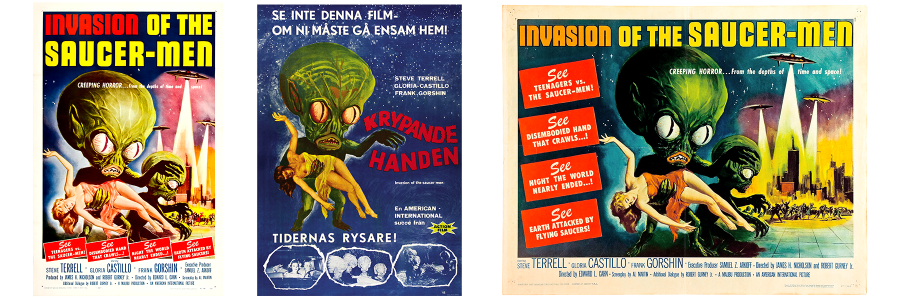
The Iconic Poster Art: Bug-Eyed Monsters on Display
No discussion of Invasion of the Saucer Men would be complete without mentioning its legendary poster art. The film’s promotional poster is one of the most recognizable from the 1950s, featuring a menacing, bug-eyed alien looming over a terrified woman. The poster’s vibrant colors, eerie composition, and exaggerated features have made it a prized collectible for sci-fi fans, symbolizing the entire genre of campy alien invasion movies. The artist responsible for this iconic image was Albert Kallis, a master of B-movie poster art who worked on many films for American International Pictures (AIP), the studio behind Invasion of the Saucer Men. His work helped set the tone for the film’s advertising, ensuring that audiences knew they were in for something wild and out of this world.
Bizarre Filming Anecdotes
As with many low-budget films of the era, the production of Invasion of the Saucer Men was not without its fair share of strange and humorous moments. One of the most infamous stories involves a scene where the alien is supposed to leap out from the bushes to attack one of the characters. Because of the limitations of the alien suit and the difficulty Bob Burns had maneuvering in it, the “leap” ended up being more of a wobble, resulting in a scene that had the entire crew laughing. The director decided to keep the shot because it added to the movie’s quirky charm.
Another funny anecdote is that Paul Blaisdell, ever the DIY effects guru, had to constantly repair the alien suits on set. With such a tight budget, there was no room for mistakes, so Blaisdell often found himself using tape, glue, and anything else he could find to keep the creatures looking intact throughout filming.
Cult Legacy
Although Invasion of the Saucer Men was never a box office juggernaut, it became a cult classic, thanks to its mix of low-budget charm, wild alien designs, and comedic absurdity. The film’s legacy has only grown over the decades, with its alien characters appearing in countless documentaries and retrospectives about 1950’s sci-fi. Its influence can even be seen in later B-movie parodies and homages, solidifying its place as a cherished part of genre history.
For a film that started as a serious alien invasion flick, Invasion of the Saucer Men evolved into something much more: a comedic, campy gem that fully embraced the absurdity of 1950s sci-fi. Whether you’re watching it for the wild plot, the memorable monsters, or just for a good laugh, there’s no denying that this little B-movie has earned its place in the pantheon of cult classics.


